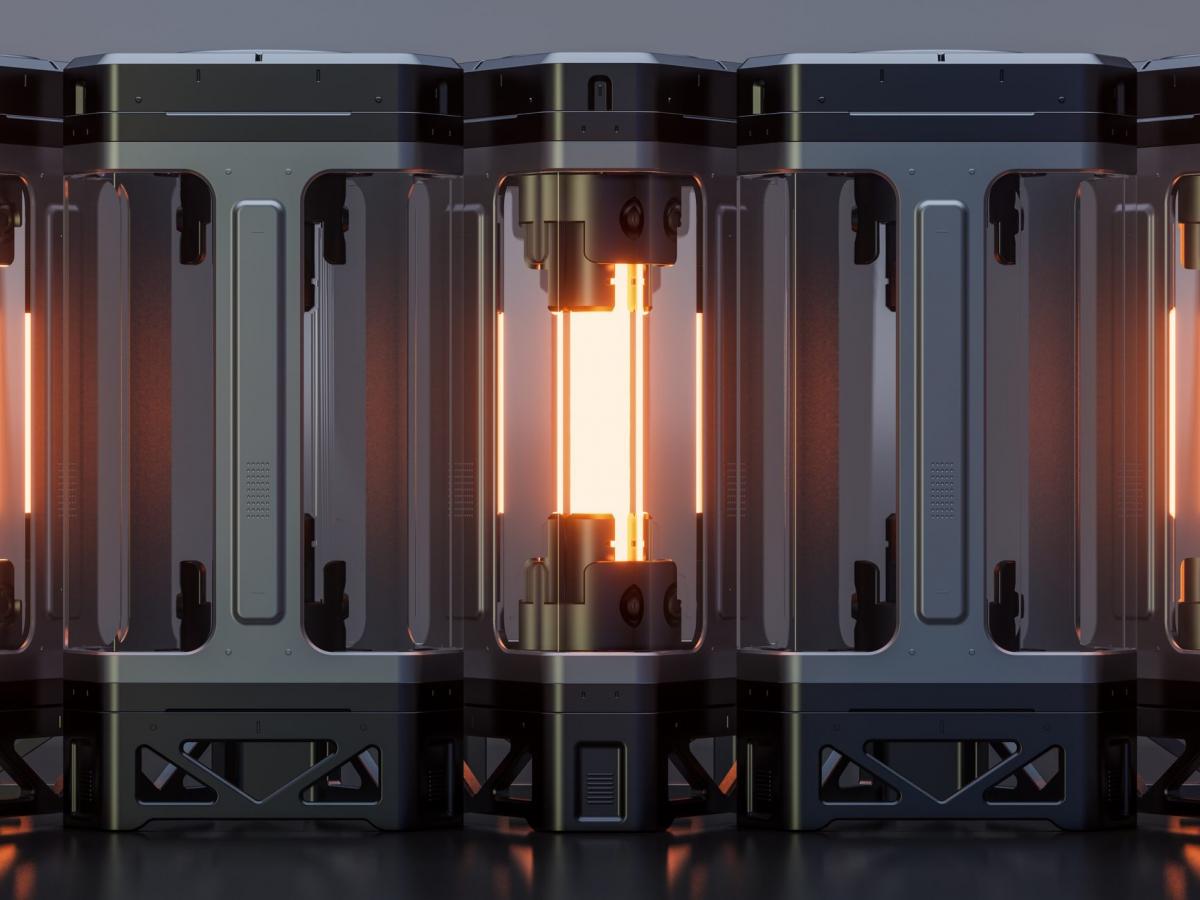University of Adelaide researchers and their foreign partners have taken a key step in realizing quantum batteries. They have successfully demonstrated the concept of super absorption, an important concept based on quantum batteries.
“Quantum batteries use quantum mechanical principles to improve their capabilities, which require less charging time,” said Dr. James Couche, a Ramsay Fellow at the School of Physical Sciences and the Institute for Photonics and Advanced Sensing. (IPAS), at the University of Adelaide.
“Theoretically the charging power of quantum batteries increases faster than the size of the battery, which allows for new ways of allowing faster charging.”
To prove the concept of super-absorption, the team published their findings in the journal Science Advances – creating multi-scaling micro-cavities of different sizes with different numbers of organic molecules. Each was charged by a laser.
“Microwaves contain active semiconductor materials that store energy. The basis of the over-absorption effect of quantum batteries is that all molecules work together through a property called quantum superposition,” Dr. Kwach said.
As the microcavity size increased and the number of molecules increased, the charging time decreased.
“This is a significant breakthrough, and marks a major milestone in the development of the quantum battery.”
The idea of the quantum battery has the potential to significantly impact energy capture and storage in renewable energy and in miniature electronic devices.The faster it charges
The faster it charges
By 2040, energy consumed by people is expected to have increased by 28 percent from 2015 levels. The majority of energy will still come from fossil fuels at great cost to the environment. A battery that is capable of harvesting and storing light energy simultaneously would provide significant cost reduction while reducing the unpredictability of energy from solar technologies.
A new vista in battery technology, driven by the power of quantum mechanics, could become a reality by applying for the team’s work. “The concepts that Dr. Quach and his team have worked on opens up the possibility of a new class of compact and powerful energy-storing devices,” said the University of Adelaide’s Professor Peter Veitch, Head of School of Physical Sciences.

